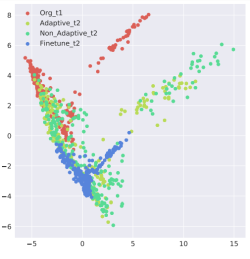The machine-learning system finds patterns in materials “recipes,” even when training data is lacking. In the previous month, 3 of the MIT material scientists and their colleagues published a paper describing a new artificial intelligence system that can pore through scientific papers and extract “recipes” for producing particular types of materials.
The researchers envision a database that contains materials recipes extracted from millions of papers. Scientists and engineers could enter the name of a target material and any other criteria — precursor materials, reaction conditions, fabrication processes — and pull up suggested recipes. For instance, the new system was able to identify correlations between “precursor” chemicals used in materials recipes and the crystal structures of the resulting products. The same correlations, it turned out, had been documented in the literature.
The system also relies on statistical methods that provide a natural mechanism for generating original recipes. In the paper, the researchers use this mechanism to suggest alternative recipes for known materials, and the suggestions accord well with real recipes.
Like many of the best-performing artificial-intelligence systems of the past 10 years, the MIT researchers’ new system is a so-called neural network, which learns to perform computational tasks by analyzing huge sets of training data. Traditionally, attempts to use neural networks to generate materials recipes have run up against two problems, which the researchers describe as sparsity and scarcity.
Any recipe for a material can be represented as a vector, which is essentially a long string of numbers. Each number represents a feature of the recipe, such as the concentration of a particular chemical, the solvent in which it’s dissolved, or the temperature at which a reaction takes place. To test the system’s accuracy, however, they had to rely on the labeled data, since they had no criterion for evaluating its performance on the unlabeled data. In those tests, the system was able to identify with 99 percent accuracy the paragraphs that contained recipes and to label with 86 percent accuracy the words within those paragraphs.
The research was supported by the National Science Foundation, the Natural Sciences and Engineering Research Council of Canada, the U.S. Office of Naval Research, the MIT Energy Initiative, and the U.S. Department of Energy’s Basic Energy Science Program.
(via MitTechReview, MitNews, Wiki)
